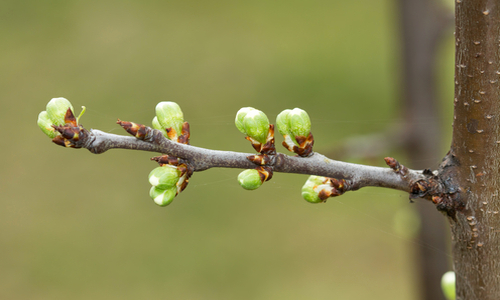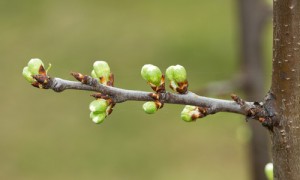June 21, 2014 – It’s the Summer Solstice here in the northern hemisphere and I thought a good time to bring up a story about modifying trees to alter dormancy patterns so that they can adapt to climate change.
The solution fits under the genetically modified organisms umbrella which may be offensive to those who consider anything GMO to be bad. But this one sounds like an adaptation strategy we should be developing.
In a newly published paper in the journal, Proceedings of the National Academy of Sciences, researchers at Oregon State and Michigan Technological University describe their discovery of a gene that controls dormancy. They have called it EBB1. EBB1 responds to seasonal changes. It is triggered by a combination of light and temperature change. It determines when buds sprout leaves and trees flower.
Finding this gene is a first step in possibly adapting trees to the future in which climate change dramatically alters temperatures and growing conditions. Many trees may be at risk if their annual cycles don’t coincide with the new reality. Flowering may come too early, before insect pollinators become active. In a warmer and drier climate it may be important to engineer EBB1 to alter tree behavior.
The researchers at Oregon State began their detective work to discover EBB1 when they noticed a different behavior by four seedling trees in a test plot of poplars. The four were budding and producing leaves a week before any others. They then didn’t a comparative analysis of the DNA to find EBB1.
So what does EBB1 do? In studying the gene in poplars, the researchers found that it interacted with nearly 1,000 other genes. One of its roles is to send a messenger protein to meristem cells. These are analogous to human stem cells and stimulate cell division. Other interactions include triggering adaptation to the onset of winter conditions, to root growth and to nutrient cycling.
Will we see GMO trees in the forests of the future? It appears likely because climate change will bring drier conditions to forest biomes. It will alter seasonal change and if the trees are impacted we will lose the second most important carbon sink on our planet.












